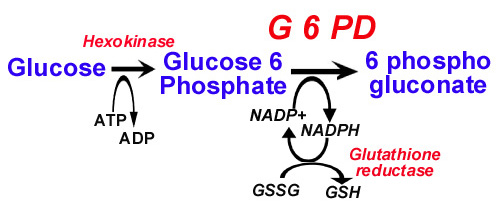Follow Up

Ideally, every case of malaria should be followed up to ensure the completion of treatment and parasitological cure. Any evidence of treatment failure, despite full treatment, and no vomiting, is an indication to treat with second line drugs without further delay. WHO has developed a revised protocol for assessment and…





